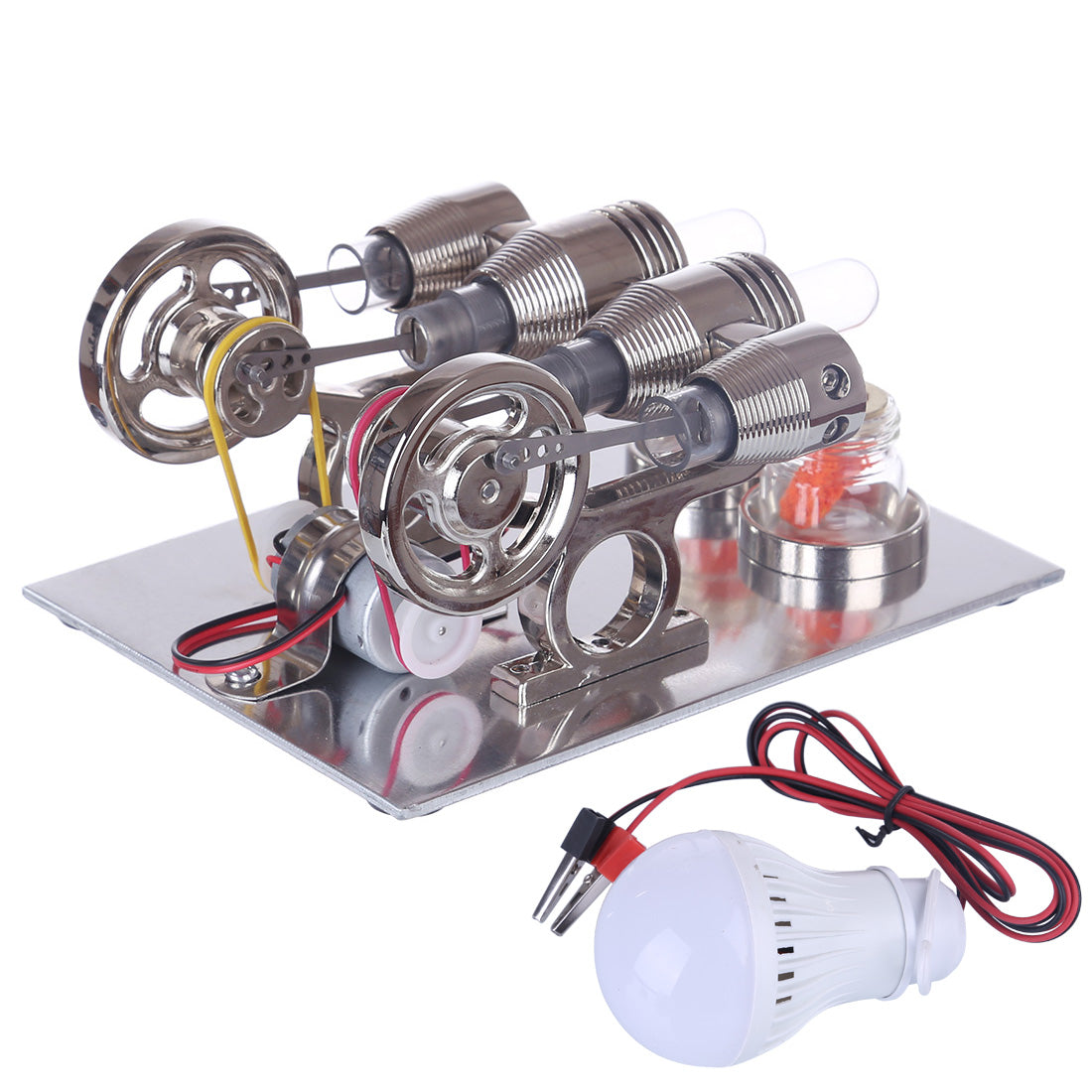So enthalpy is only related to the temperature and material in question?Pressure does not provide any increase in enthalpy.
1 kg of air at 200 bars and 300 K has substantially the same enthalpy of 1 kg of air at 1 bar and 300 K.
You are using an out of date browser. It may not display this or other websites correctly.
You should upgrade or use an alternative browser.
You should upgrade or use an alternative browser.
Making electricity with scuba regulator, has it been done?
- Thread starter Gone for diving
- Start date
Please register or login
Welcome to ScubaBoard, the world's largest scuba diving community. Registration is not required to read the forums, but we encourage you to join. Joining has its benefits and enables you to participate in the discussions.
Benefits of registering include
- Ability to post and comment on topics and discussions.
- A Free photo gallery to share your dive photos with the world.
- You can make this box go away
Is it though? The energy you could get out of running a tiny piston or turbine is next to nothing. You would need a little generator and battery or capacitor and have less light than the cheapest dive light you can find.Just a small continuous supply through the dive is better than nothing...
I'd rather not have an extra contraption between me and my gas supply that doesn't have any real life upside, cost a lot of money and can fail.
There are lots of alternative engery generation ideas out there but most of the time the juice is not worth the squeeze. This is one of them... it's kinda pointless even if it works.
OMyMyOHellYes
Contributor

Stirling Engine 2 Cylinder Stirling Engine Model with Electricity Generator Science Toy
Stirling Engine 2 Cylinder Stirling Engine Model with Electricity Generator Science Toy.The Stirling engine kit is powered by the expansion of the gas and the compression of the cold. The 2 cylinder Stirling engine are equipped with a light bulb. Besides, the Stirling engine model with a magnet...
 www.enginediy.com
www.enginediy.com
I understand that they're still having some difficulties with the IP67 water resistance issue, but it's just suggested as an interim solution until the perpetual motion generator we at Munkworks have in process rolls out. I expect it will hit the market sometime in Q4.
Which year has yet to be speculated. We're still trying to get it scaled so a single person can transport it. Also the requirements for auxiliary buoyancy while carrying it will have to be addressed.
For a perfect gas yes, enthalpy only depends on temperature.So enthalpy is only related to the temperature and material in question?
For real gases there is a small dependency also on pressure, which explains the temperature drop happening in the regulator, which performs basically an isoenthalpic expansion (lamination), where all the mechanical work associated with expansion is converted to heat ("dissipated").
Similar threads
- Replies
- 29
- Views
- 2,688
- Replies
- 0
- Views
- 66
- Replies
- 7
- Views
- 721
- Replies
- 32
- Views
- 4,901



